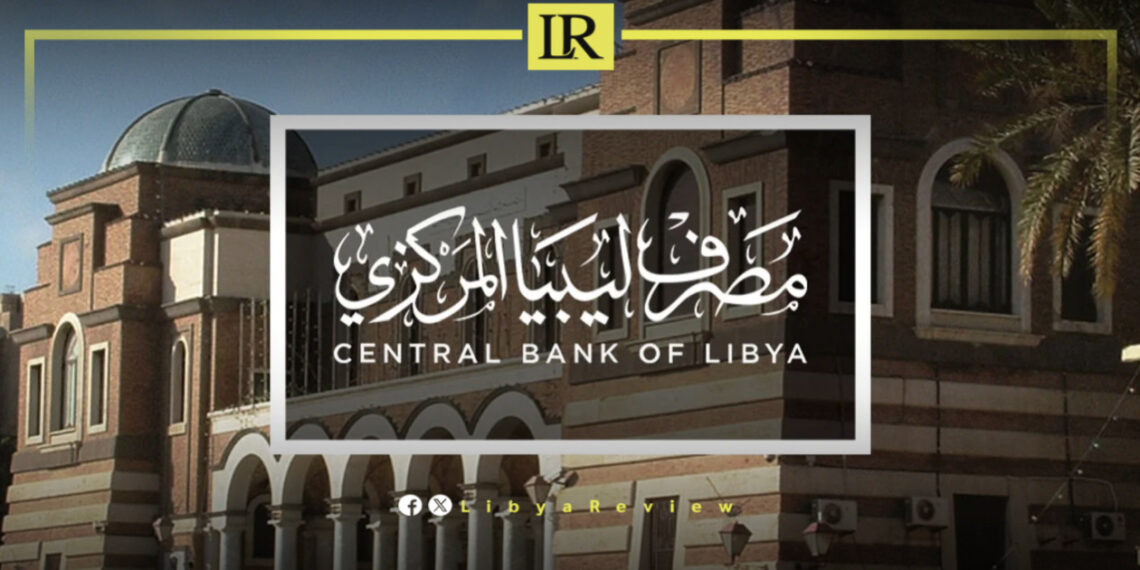Libya’s inflation rate rose to 2.7% in the third quarter (Q3) of 2024, compared to 2.0% in the previous quarter, according to the Central Bank of Libya (CBL).
The increase is driven by varying inflation rates across key economic sectors, with food and beverage prices witnessing the highest spike.
The CBL’s Q3 economic bulletin highlights a 4.1% rise in food and beverage costs, making it the most impacted sector.
In contrast, telecommunications prices remained stable with a minor 0.2% increase. Tobacco saw a modest rise of 0.3%, while transportation costs climbed by 1.5%. Housing, water, and electricity recorded a 2.3% increase.
The general consumer price index (CPI) for Q3 reached 303.1 points, an annual rise of over 8 points compared to the same period in 2023.
Libya’s inflation was relatively stable in 2023, averaging 2.4% annually. However, 2024 has seen fluctuations. The inflation rate dropped to its lowest point of 1.5% in Q1 but surged to 2.7% by Q3, driven by sectoral price increases, especially in food and utilities.
The consumer price index, a measure of price changes for goods and services, tracks 12 main categories. Key highlights from Q3 include:
Food and Beverages: A 4.1% increase reflects higher import costs and supply chain disruptions.
Housing, Water, and Electricity: Prices rose by 2.3%, indicating pressure from urbanization and energy challenges.
Transportation: A 1.5% hike linked to rising fuel and operational costs.
Telecommunications and Tobacco: These sectors remained stable, with minimal increases of 0.2% and 0.3%, respectively.
- Import Dependency: The country heavily relies on imported goods, making it vulnerable to global price shifts.
- Exchange Rate Fluctuations: Instabilities in currency valuation impact consumer purchasing power.
- Oil Dependency: A narrow economic base centered on oil revenues limits resilience to global market changes.


